In today’s geopolitical climate, even lawyers need lawyers


In today’s geopolitical climate, even lawyers need lawyers
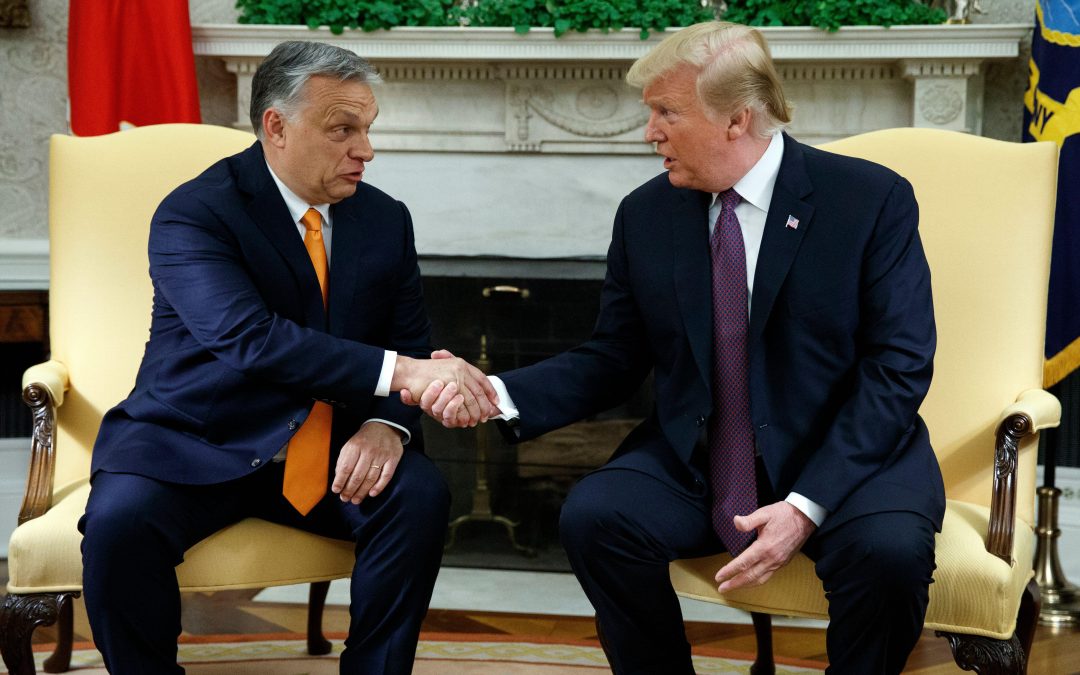
As the US president continues his attacks on universities and the media, it’s worth noting that a democratic leader has done this before
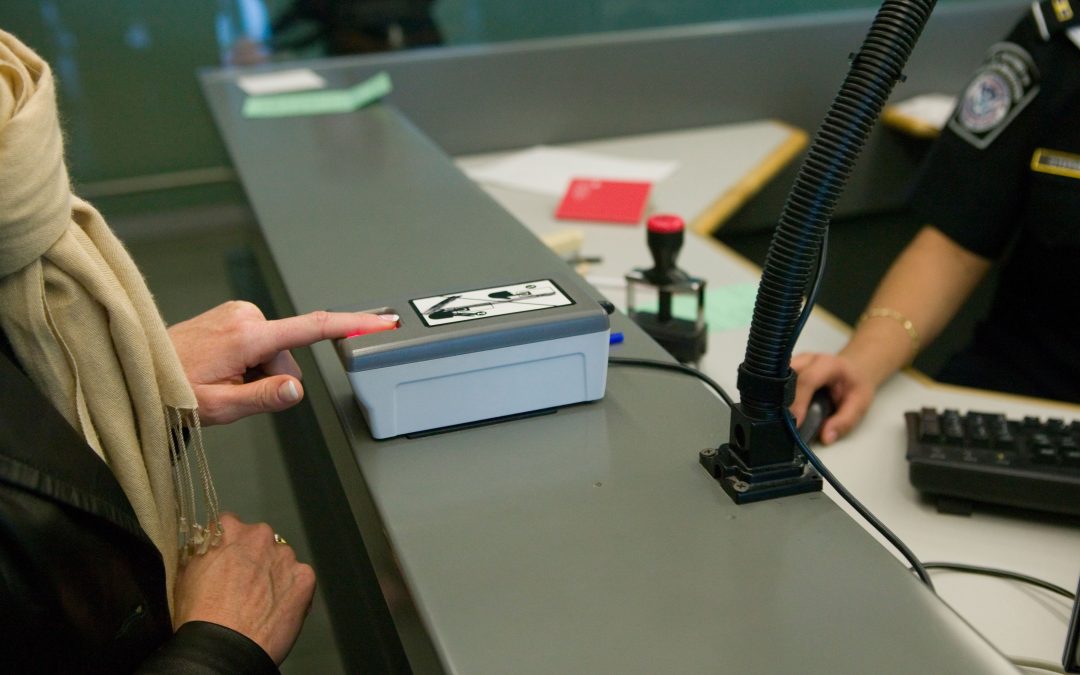
Countries once considered liberal are increasingly denying dissenters entry at their borders
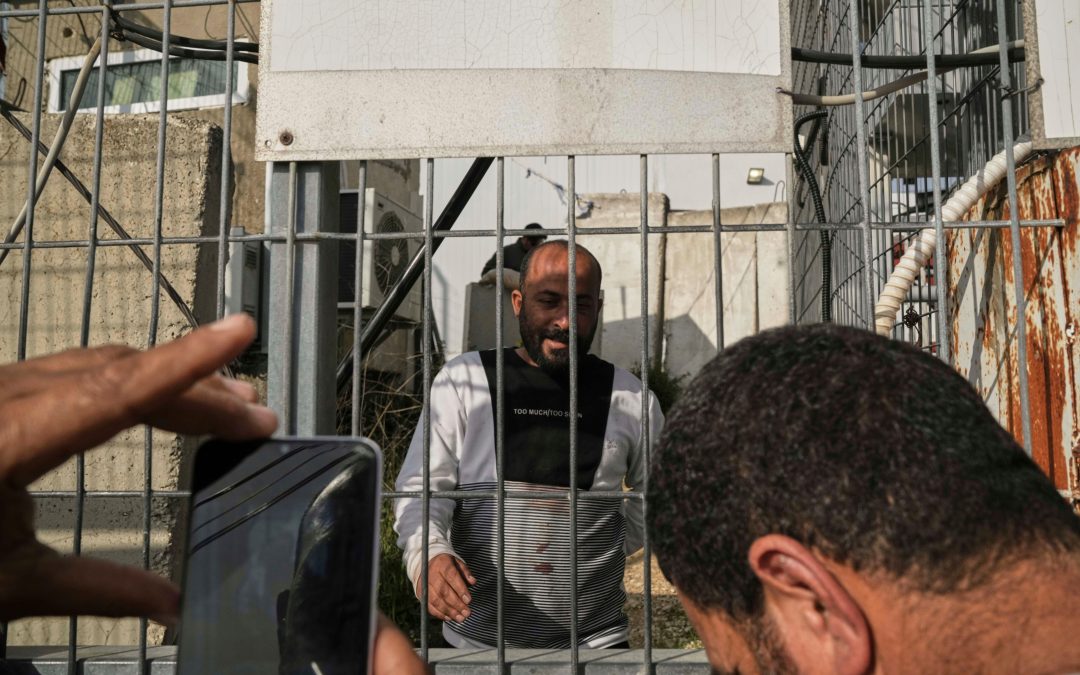
Index rounds up some of the biggest stories in the global free speech landscape from the past seven days
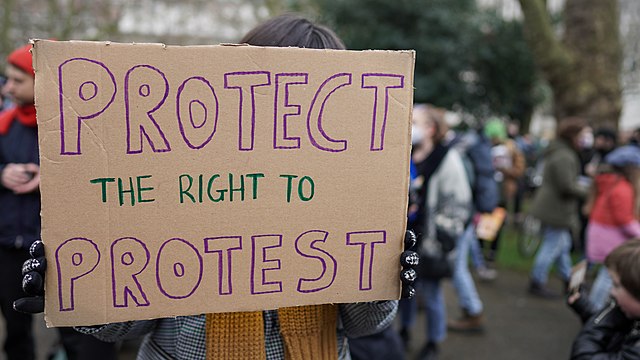
Our fundamental right to protest is being eroded in the UK and USA
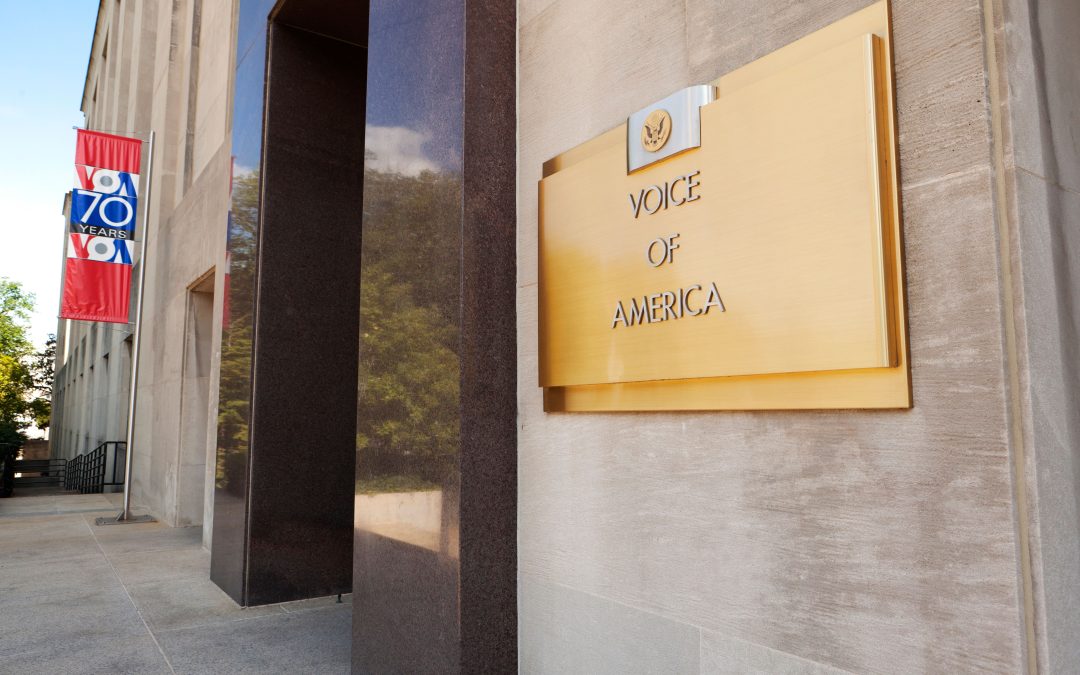
The US President has signed an order calling for the USAGM to be “eliminated to the maximum extent consistent with applicable law”
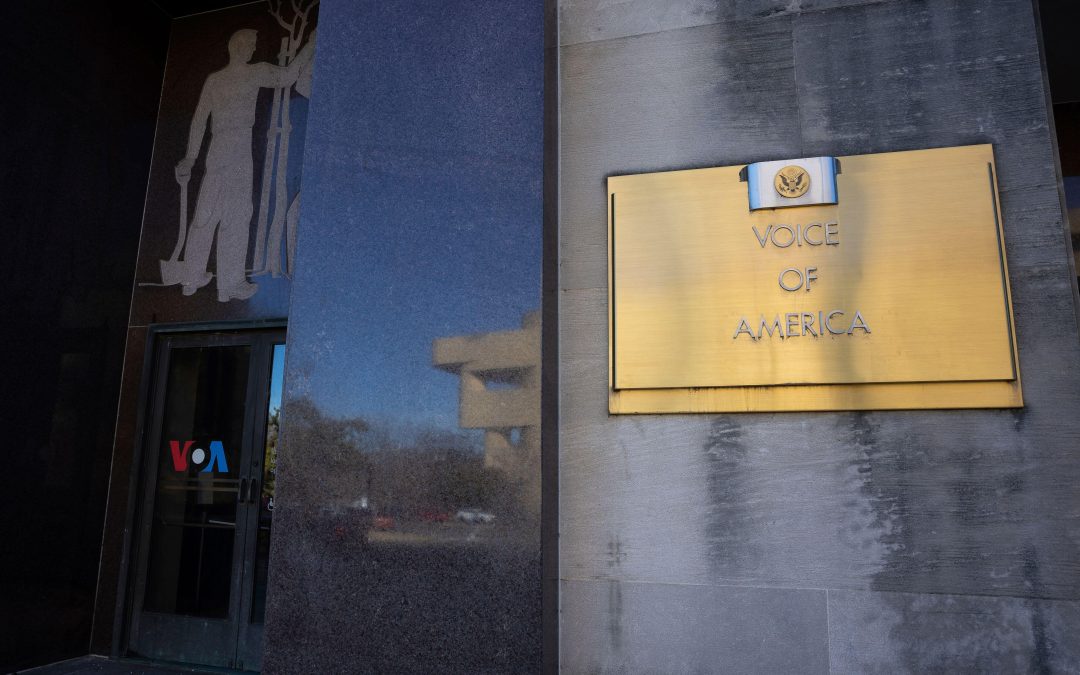
The Trump administration is moving to shutter these essential media outlets. This will aid autocrats and further silence voices of dissent
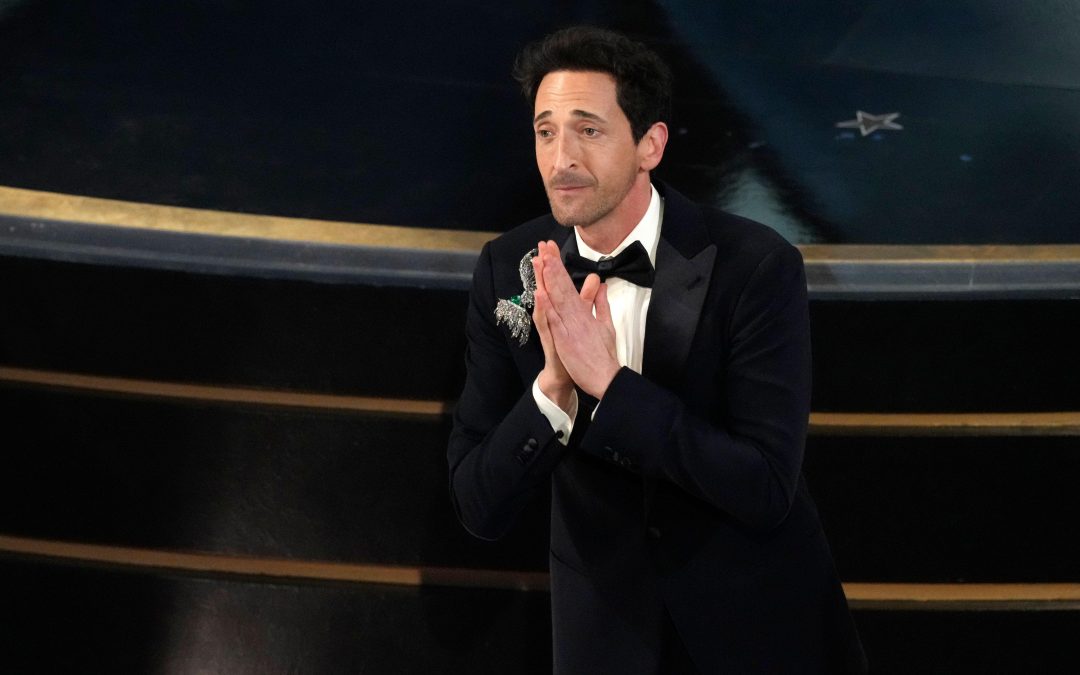
Roger Stahl speaks to Index about the Department of Defense’s continuing influence on Hollywood movies
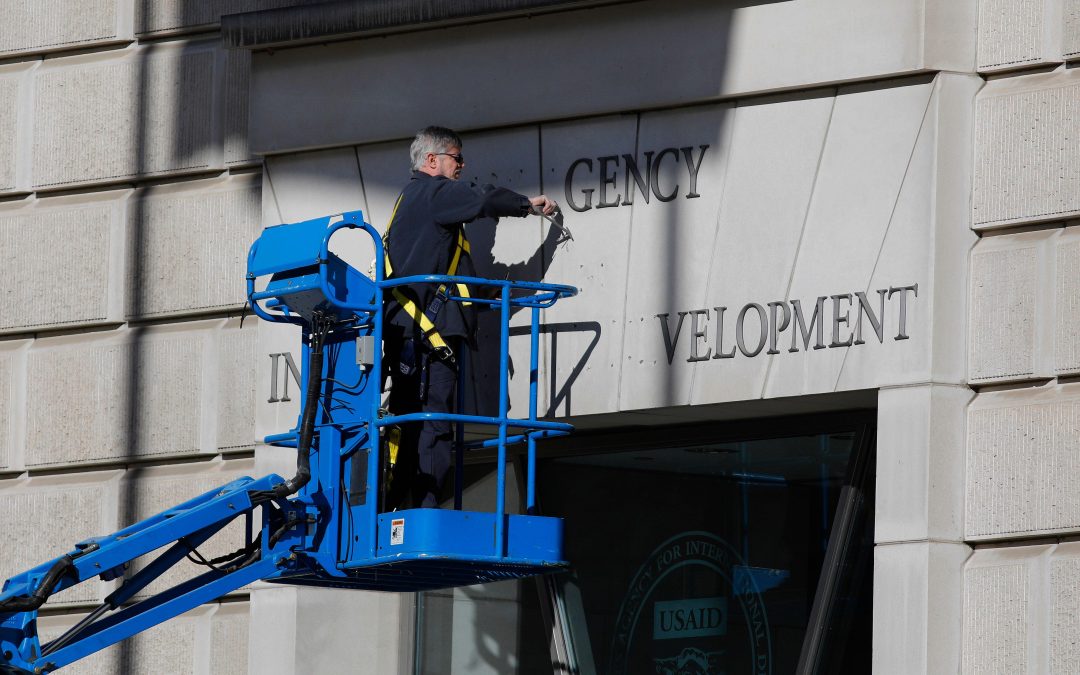
With the UK modelling the USA’s approach to aid cuts, independent journalism and political prisoners could be in a perilous position

Donald Trump’s assertions about the Ukrainian president convey an alarming normalisation of false realities and an affront to accuracy
Smears about the media made by US President Donald Trump have obscured a wider problem with press freedom in the United States: namely widespread and low-level animosity that feeds into the everyday working lives of the nation’s journalists, bloggers and media professionals. This study examines documented reports from across the country in the six months leading up to the presidential inauguration and the months after. It clearly shows that threats to US press freedom go well beyond the Oval Office.
“Animosity toward the press comes in many forms. Journalists are targeted in several ways: from social media trolling to harassment by law enforcement to over-the-top public criticism by those in the highest office. The negative atmosphere for journalists is damaging for the public and their right to information,” said Jodie Ginsberg, CEO at Index on Censorship, which documented the cases using an approach undertaken by the organization to monitor press freedom in Europe over the past three years. Learn more.